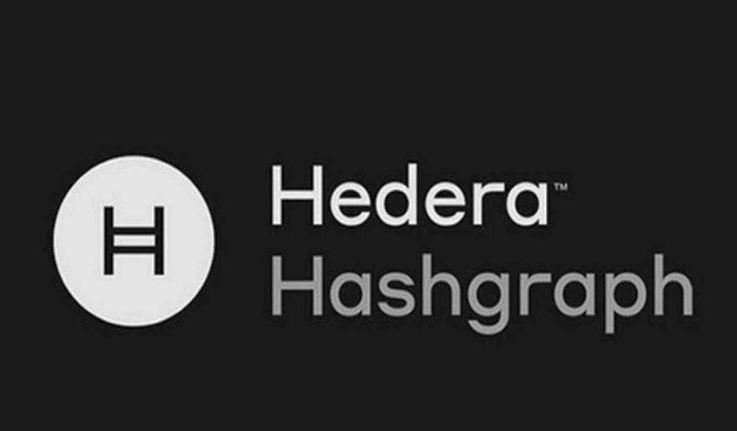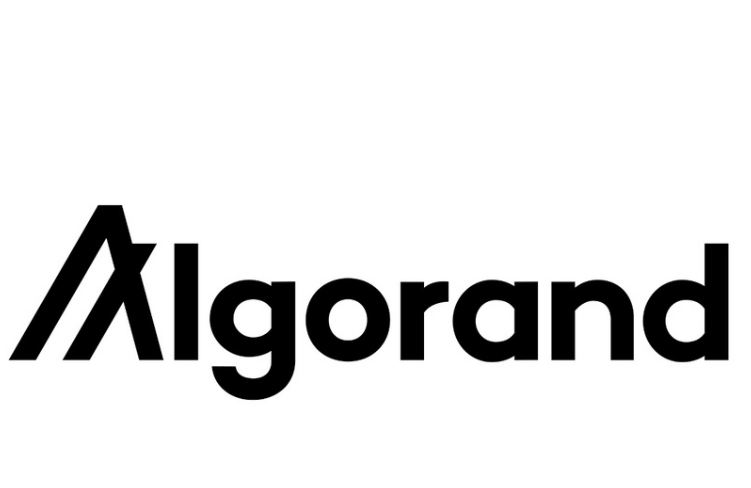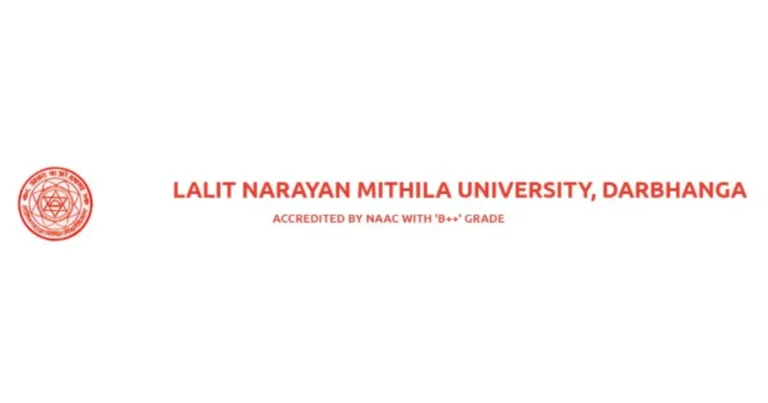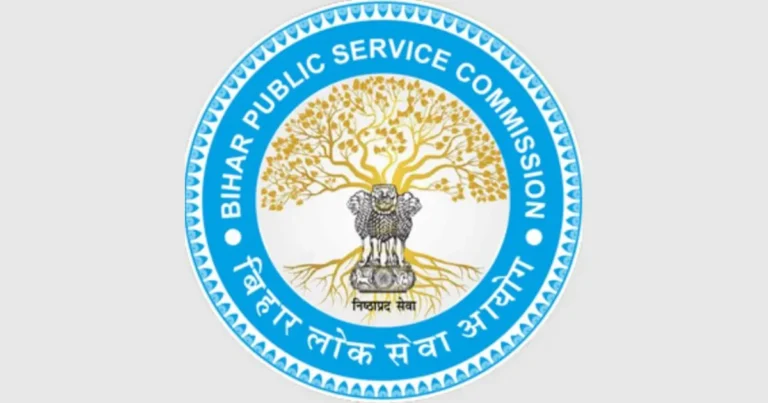
Want help with your hiring? It’s easy. Enter your information below, and we’ll quickly reach out to discuss your hiring needs.
Are you finding it hard to locate an ideal candidate for a position? This could be because of a long and tiring hiring process. Suppose you want applicants to fill out four to five pages of web forms or you don’t call back or provide a generic rejection letter. In that case, you need to rewire the entire hiring process to ensure a fantastic candidate experience.
According to one survey, 60% of job seekers abandon the hiring process if it takes too long or is too complex. A negative experience leaves an impact on the sincerity of a company.
To avoid this, consider using an applicant tracking system (ATS) to improve candidate experience. And here are four ways applicant tracking systems can help alleviate the experience.
1. Create Simple Yet Persuasive Job Posts
Writing a job description itself determines whether potential candidates will apply for the post or not.
One of the biggest challenges for recruiters is writing compact job posts persuading candidates to apply immediately. A tight job post copy attracts applicants and leaves a positive candidate experience.
Per a report by LinkedIn, in a job post, 61% of the candidates are curious to know about the compensation, 49% want to know the required qualifications, and another 49% are keen on job details. Therefore, you can consider these three aspects by hiring managers while creating a job post copy through an ATS.
Best job posts let candidates know whether the opportunity is a fit for them or not. So, during the interview, they have a fair idea about the role and company itself, which helps to make conversations more productive.
Utilize ATS’s analytical abilities to gain insights into the desired talent pool while writing job descriptions. Consider using collaborative features to run drafts efficiently by stakeholders to avoid errors and improve on them.
Store job post templates on ATS to save employers time and assure that all job posts are easy to read and attractive. Using LinkedIn Talent Hub, an ATS built on the LinkedIn platform, recruiters can access customized, effective, and mobile-friendly templates for crafting job posts.
2. Keep Your Candidates Engaged
Per one recent report, 11% of the candidates withdraw from the recruiting process due to poor communication from recruiters or hiring managers. Hence consider keeping in touch with all candidates till the hiring process is completed.
If the candidates feel that they’ve been forgotten, they drop the hiring process and start considering other offers in hand. Hence, consider leveraging ATS to keep candidates in sync with every recruiting step as this shows your respect and appreciation of time towards them and leaves a positive impression on the company.
Utilize ATS to track every candidate and set reminders to follow up after completing every major step. Further, ATS allows hiring teams or recruiters to collaborate with a hiring team on a single platform, and this speeds up hiring decisions.
Application tracking helps automate tedious tasks, so recruiters can spend time building relationships with candidates and dig deeper into their resumes.
Apart from this, consider texting candidates by integrating ATS with an SMS system because the probability of a candidate reading a message is higher than reading a mail. All of these aspects help keep candidates engaged and allow for smooth communication throughout the hiring process, elevating candidate experience.
3. Integrate ATS With Chatbots or Existing Systems For Faster Responses
Recruiters can consider using chatbots if not already doing so to stay competitive in the market and improve candidate experience. Integration of chatbots helps to devise a talent strategy because they can save money and time for the company and spot quality candidates.
Further, this allows to figure out candidate behavior and augment the recruiting experience for both hiring manager and job seeker.
Hiring managers need several types of integrations during the hiring process, so here are the top three integrations for every ATS.
1. Job Boards
People can now post jobs and streamline recruiting procedures due to the innovation of job boards such as LinkedIn, Monster, Glassdoor, and Indeed. Integrate multiple job boards with application tracking systems to quickly post open positions on all job sites.
All job posts are published automatically, and recruiters needn’t post manually on all sites, saving time. This is an excellent approach for seeking the attention of potential candidates for a position.
2. Social Media Platforms
According to a survey, 86% of job seekers utilize social media to search for relevant jobs, apply directly from social networking sites, engage with content, and more. Social media platforms are helpful for both candidates and recruiters to check the scope, potential, achievements, or culture of one another and then make a decision to go ahead or not.
Integrating social media platforms allows to attract passive candidates, hire skilled people, and keep applicants engaged with regular updates. Buffer and Hootsuite are suitable for social media marketing with an ATS as this allows efficient postings in one go.
Social media comes with analytics to track which platforms perform better and can focus efforts there instead on all platforms.
3. HR Software
Integrate an ATS with HR software as this includes applicant tracking system features such as learning management, payroll, and employee engagement, which helps in hiring procedures. Through ATS integration, hiring managers can easily add recruits to payroll and start with their training.
This creates a seamless onboarding experience and eliminates roadblocks for new hires. New hires will likely look for new opportunities within a month if the overall onboarding experience is bad or disappointing.
4. Streamline the Hiring Process to Make it More Seamless for Your Candidates
With an application tracking system, an entire team can use keywords or qualifications to find the right candidate. This offloads tedious jobs on an ATS, which filters out candidates and compiles job applications in a database.
A long process frustrates candidates, and they are likely to feel that their time is wasted. Recruiters can use ATS to eliminate mundane steps and minimize the time required to hire a candidate while also checking the candidate’s status. This enhances candidate experience, and they enjoy the process even though they aren’t selected.
Streamline the recruiting process by integrating ATS with an email to avert lengthy back-and-forth scheduling and book interviews in just a few emails.
Ensure that stakeholders and interviewers upload their scores on ATS immediately after interviews or screenings, as this decreases the time spent on acquiring feedback. Further, find out whether ATS offers assessment tools that help to make sound decisions and allow candidates to display their skills.
In a nutshell, an application tracking system provides a positive and improved candidate experience. To know more about strategies used to hire suitable candidates and what more technologies are emerging in the recruitment field, contact us at Recruiter.com.
Get the top recruiting news and insights delivered to your inbox every week. Sign up for the Recruiter Today newsletter.






